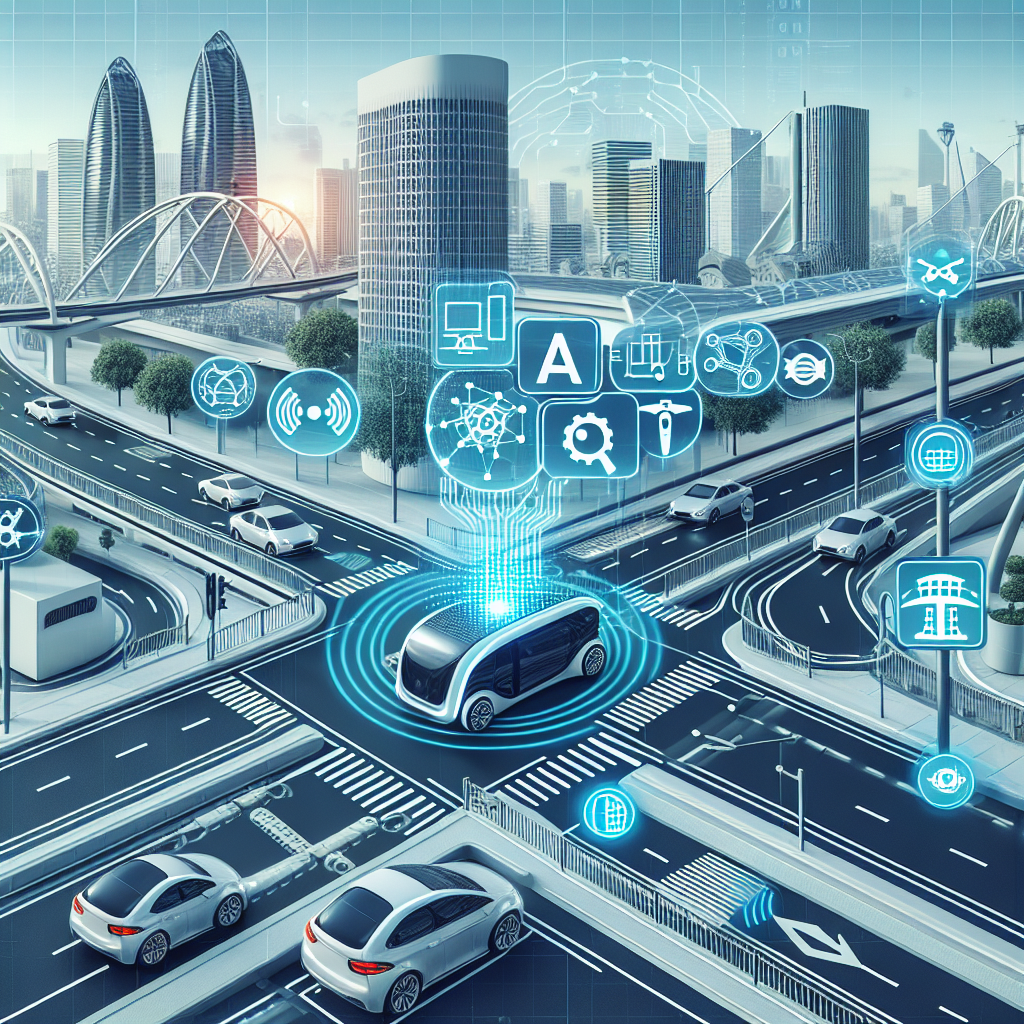Artificial Intelligence (AI) has transformed various industries, including transportation. From self-driving cars to traffic management systems, AI has the potential to revolutionize the way we move from place to place. However, with this advancement comes risks that need to be addressed to ensure the safety of passengers and the integrity of transportation infrastructure. In this article, we will explore the risks of AI in transportation, its impact on traffic safety and infrastructure, and address some frequently asked questions about this topic.
Risks of AI in Transportation
1. Malfunctioning AI Systems: One of the biggest risks of AI in transportation is the potential for AI systems to malfunction. If an AI-driven vehicle or traffic management system fails to operate correctly, it can lead to accidents, traffic jams, and even loss of life. Ensuring the reliability and safety of AI systems is crucial to prevent these risks.
2. Cybersecurity Threats: AI systems in transportation are vulnerable to cyber attacks, which can compromise the safety and security of passengers and infrastructure. Hackers can manipulate AI algorithms to cause accidents, disrupt traffic flow, or even gain control of vehicles remotely. It is essential to implement robust cybersecurity measures to protect AI systems from such threats.
3. Lack of Human Oversight: As AI technology becomes more advanced, there is a risk of relying too heavily on AI systems without human oversight. Human operators must be able to intervene in case of AI malfunctions or unexpected situations that AI systems may not be equipped to handle. Maintaining a balance between AI automation and human supervision is crucial to ensure the safety of transportation systems.
4. Legal and Ethical Issues: The use of AI in transportation raises legal and ethical concerns, especially regarding liability in case of accidents or malfunctions. Who is responsible for accidents caused by AI-driven vehicles? How should AI systems be programmed to make ethical decisions in critical situations? These questions need to be addressed to establish clear guidelines and regulations for the use of AI in transportation.
Impact on Traffic Safety and Infrastructure
1. Improved Traffic Management: AI technology can enhance traffic management systems by analyzing real-time data, predicting traffic patterns, and optimizing traffic flow. By adjusting traffic signals, rerouting vehicles, and providing real-time updates to drivers, AI can help reduce congestion, accidents, and emissions, improving overall traffic safety and efficiency.
2. Autonomous Vehicles: Self-driving cars powered by AI technology have the potential to revolutionize transportation by reducing human error, increasing safety, and improving traffic flow. Autonomous vehicles can communicate with each other and with infrastructure to navigate roads more efficiently and safely, ultimately reducing accidents and congestion on the roads.
3. Infrastructure Maintenance: AI can be used to monitor and maintain transportation infrastructure, such as bridges, roads, and tunnels. By analyzing data from sensors and cameras, AI systems can detect signs of deterioration, predict maintenance needs, and optimize repair schedules. This proactive approach to infrastructure maintenance can help prevent accidents and ensure the longevity of transportation assets.
4. Environmental Impact: AI technology in transportation can also have a positive impact on the environment by reducing emissions and promoting sustainable practices. AI-driven vehicles can optimize fuel efficiency, reduce idling time, and promote eco-friendly driving behaviors, leading to lower carbon footprints and improved air quality in urban areas.
Frequently Asked Questions
1. Are self-driving cars safe?
Self-driving cars have the potential to be safer than human-driven vehicles, as they can eliminate human errors such as distracted driving, fatigue, and impaired judgment. However, there are still risks associated with self-driving cars, such as malfunctions in AI systems, cybersecurity threats, and legal issues. It is essential to continue testing and improving self-driving technology to ensure its safety and reliability.
2. How does AI improve traffic safety?
AI technology can improve traffic safety by analyzing real-time data, predicting traffic patterns, and optimizing traffic flow. By adjusting traffic signals, rerouting vehicles, and providing real-time updates to drivers, AI can help reduce congestion, accidents, and emissions, ultimately improving overall traffic safety and efficiency.
3. What are the cybersecurity risks of AI in transportation?
AI systems in transportation are vulnerable to cyber attacks, which can compromise the safety and security of passengers and infrastructure. Hackers can manipulate AI algorithms to cause accidents, disrupt traffic flow, or even gain control of vehicles remotely. It is essential to implement robust cybersecurity measures to protect AI systems from such threats.
4. Who is responsible for accidents caused by AI-driven vehicles?
The question of liability in accidents involving AI-driven vehicles is still a matter of debate and legal uncertainty. Should the manufacturer of the AI system, the owner of the vehicle, or the human operator be held responsible? Clear guidelines and regulations need to be established to determine liability in case of accidents or malfunctions involving AI technology in transportation.
In conclusion, while AI technology has the potential to revolutionize transportation and improve traffic safety and infrastructure, it also comes with risks that need to be addressed. From malfunctions in AI systems to cybersecurity threats and legal and ethical issues, it is essential to carefully consider the implications of AI in transportation and take proactive measures to mitigate risks and ensure the safety and reliability of transportation systems. By continuing to innovate, test, and regulate AI technology in transportation, we can harness its potential to create a safer, more efficient, and sustainable transportation network for the future.

